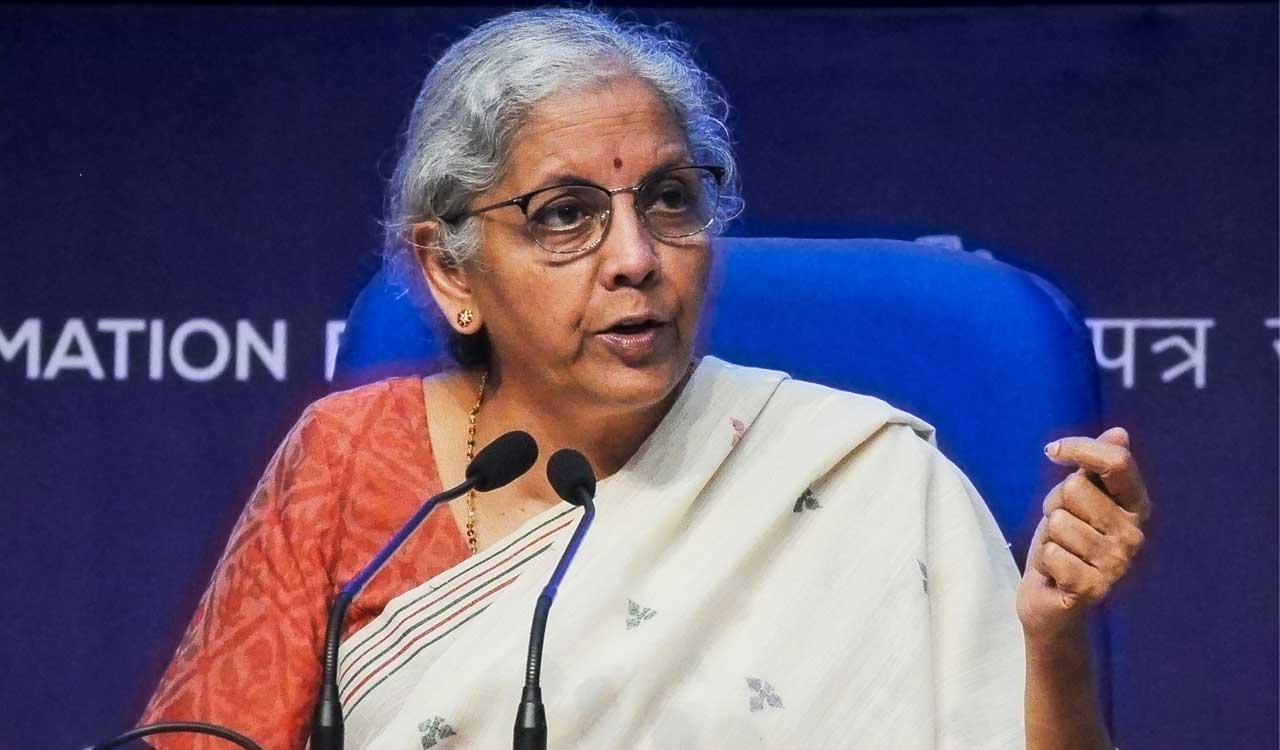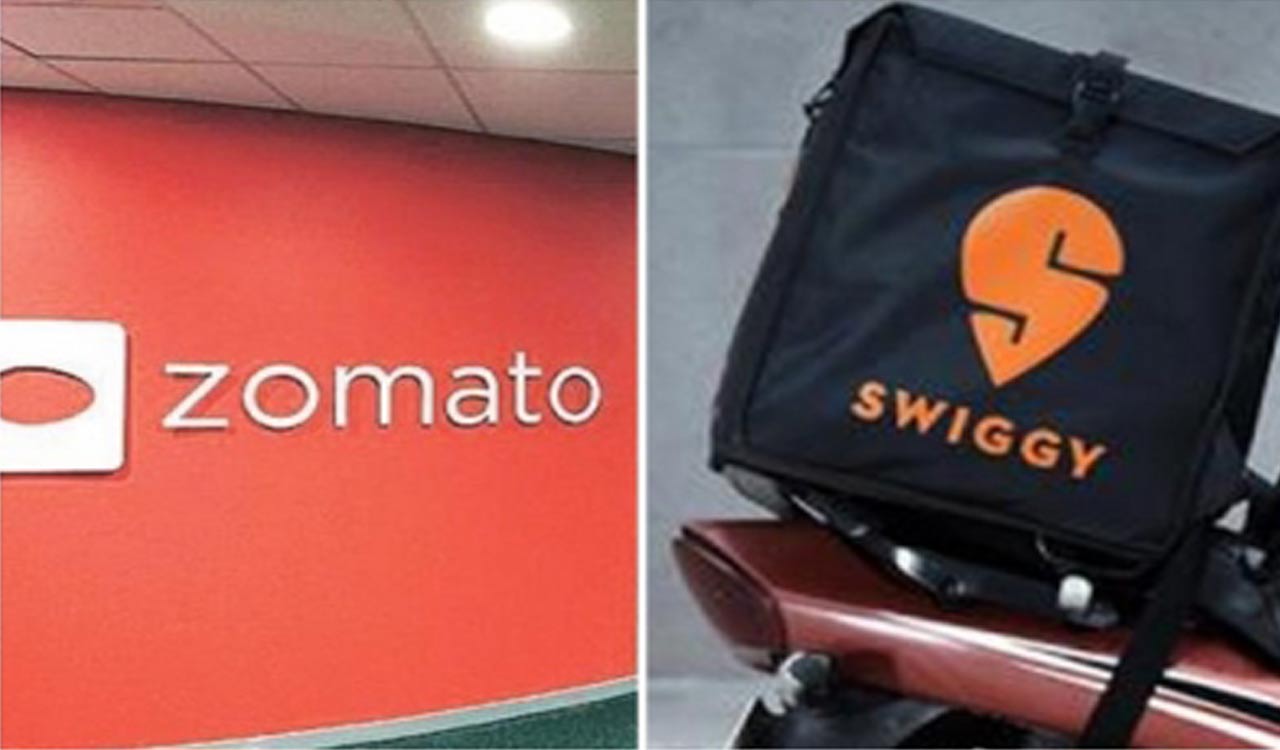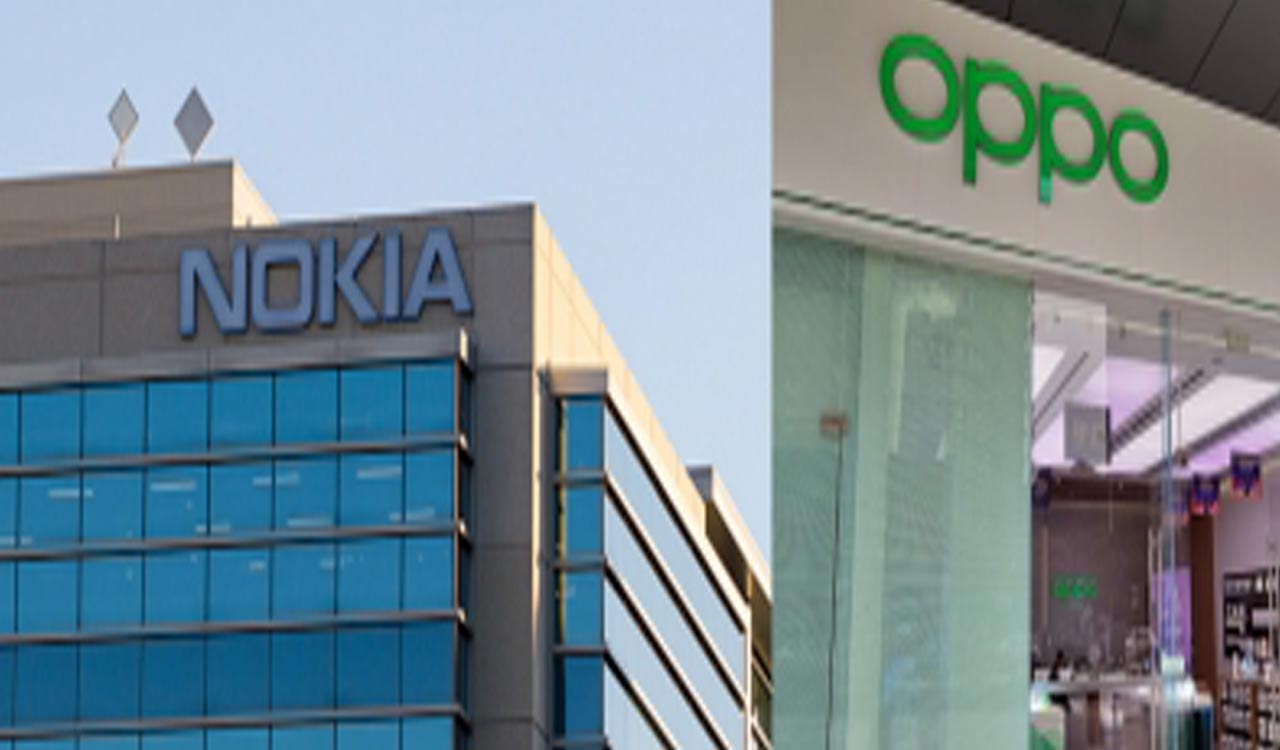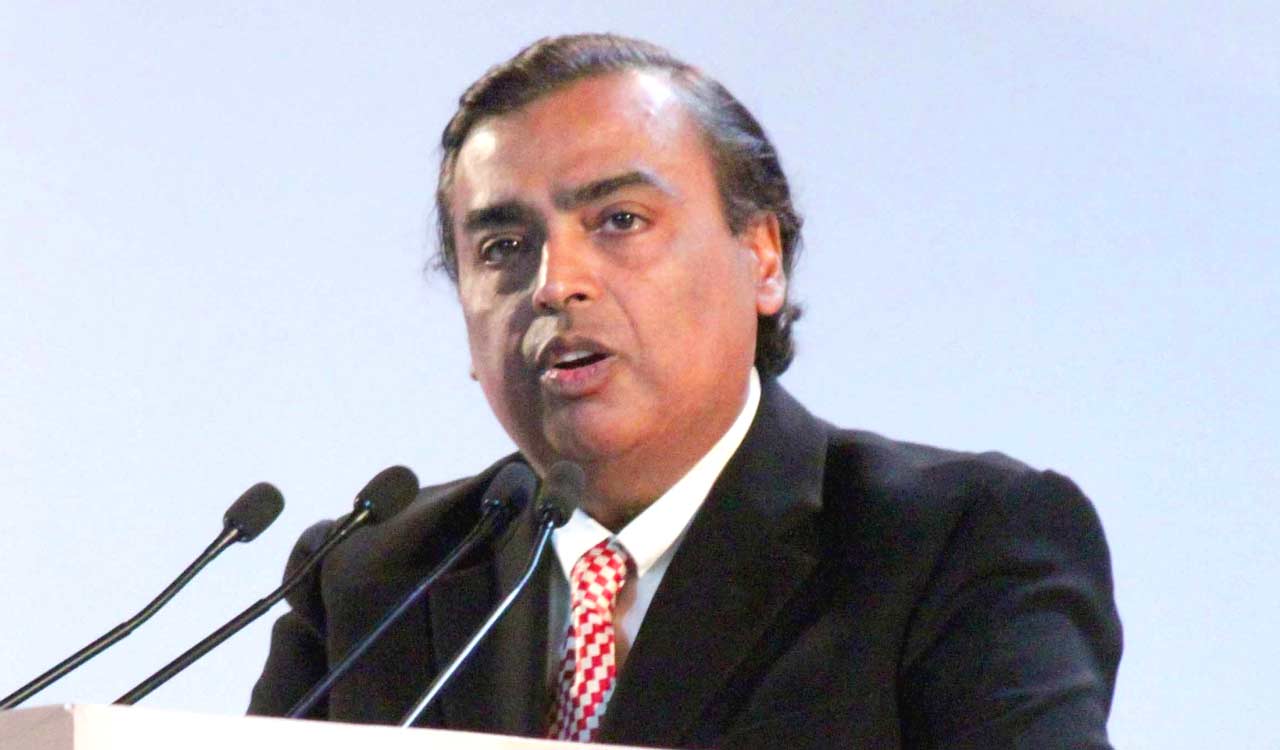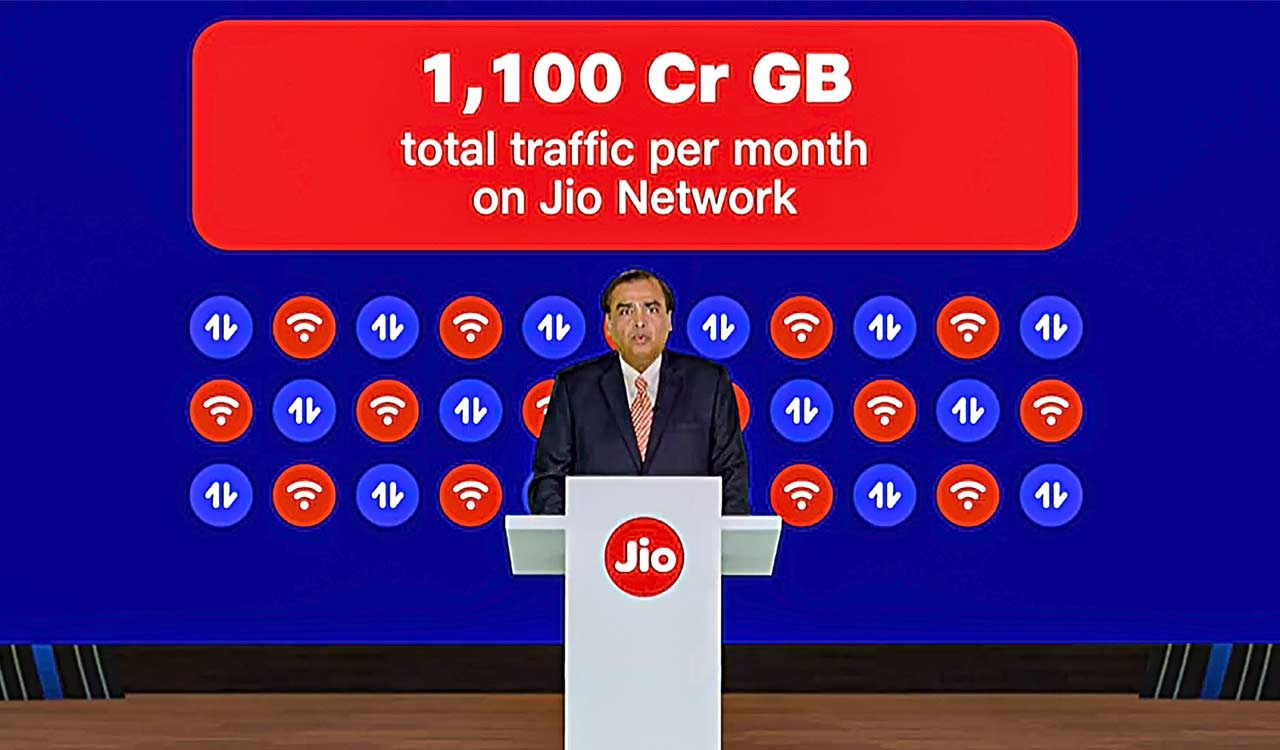New Delhi: With an aim to protect investors’ interest, Sebi has notified a new framework prohibiting listed entities, with more than 200 non-QIB (qualified institutional buyer) holders of non-convertible debt securities, from delisting voluntarily. Under the new rule, the listed entity will have to obtain permission from all holders of non-convertible debt securities within 15 […]
Published Date – 07:03 PM, Mon – 28 August 23
New Delhi: With an aim to protect investors’ interest, Sebi has notified a new framework prohibiting listed entities, with more than 200 non-QIB (qualified institutional buyer) holders of non-convertible debt securities, from delisting voluntarily.
Under the new rule, the listed entity will have to obtain permission from all holders of non-convertible debt securities within 15 working days of receiving the notification of delisting.
The present rule allows entities to delist by giving a prior intimation to the stock exchange about the meeting of the board of directors, where the proposal for a voluntary delisting is considered.
Unlike equity, wherein approval by a threshold majority is sufficient for approval of delisting, in the new framework, approval of 100 per cent of the debt security holders has been mandated for delisting of debt securities.
This is because, unlike equity which is a perpetual instrument, listed debt securities have a finite term to maturity.
In its notification issued on August 23, Sebi said the new framework for delisting of non-convertible debt securities would allow all listed non-convertible debt securities to be delisted voluntarily.
However, entities would not be authorised to delist certain securities while selectively listing others.
Also, it would not apply to the delisting of non-convertible debt securities in certain situations such as delisting as a consequence of any penalty or action initiated against the listed entity by stock exchanges; delisting pursuant to the redemption of the non-convertible debt securities.
Further, the mechanism would not apply to the delisting of a listed entity’s non-convertible debt securities that have been delisted under a resolution plan authorised under the Insolvency Code.
In case of delisting pursuant to a resolution plan as per the provisions of the Insolvency Code, the details of delisting of non-convertible debt securities will be disclosed to the stock exchanges within one working day of the approval of the resolution plan under the Insolvency Code.
The new rule prohibits a listed entity that has “more than 200 securities holders excluding qualified institutional buyers (QIBs) in any International Securities Identification Number relating to listed non-convertible debt securities or non-convertible redeemable preference shares”.
Sebi said that all the events pertaining to the proposal of delisting in respect of non-convertible debt securities, starting from the placing of the agenda for delisting to the board of directors and till the delisting is completed, need to be disclosed as material information to the exchange.
The listed entity will have to send the notice of delisting to the holders of non-convertible debt securities within three working days from the date of receipt of in-principle approval from the exchanges.
Within five working days from the date of obtaining approval from all the holders of non-convertible debt securities, the listed entity will have to make the final application for delisting to the exchange.
Sebi said that the delisting proposal will be considered failed in case of non-receipt of in-principle approval from the stock exchange, such as non-receipt of no-objection certificate from the debenture trustee and non-receipt of approval from all the holders of non-convertible debt securities.
In case of failure of the delisting proposal, the listed entity will have to intimate the same to the exchange within one working day from the date of such event of failure.
To give this effect, Sebi amended LODR (Listing Obligations and Disclosure Requirements) Regulations.


